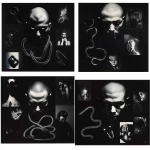Explore the Best AI Image Gallery

Revolutionary Brushstrokes: The Dawn of AI in Graphic Design
The rise of artificial intelligence (AI) has forever changed how we approach creativity. With AI-driven tools now available, graphic design has taken an innovative turn that allows for remarkable experimentation and enables unprecedented prospects. This article explores the extent of AI's dominion in graphic design, discusses the prospective benefits, and lays bare the ethical considerations at play.
The Impact of AI on the Creative Industry
AI has seeped its way into the creative industry, becoming indispensable to graphic designers. With design tools now leveraging machine learning algorithms, designers can get help with tasks ranging from identifying the newest design trends, creating customized templates, to finalizing complicated designs.
An apt illustration of this impact is visible in AI software programs such as DeepArt and PaintsChainer. These platforms use AI to turn simple sketches into vibrant and intricate art pieces, eliminating the need for specialized drawing skills.Potential Uses of AI in Graphic Design
AI's potential in graphic design is boundless. On a macro level, AI can boost productivity by automating routine tasks, freeing up designers to focus on conceptualization and innovation.On a micro level, Designers can use AI for several specific purposes:
- Theme Identification: AI can analyze large amounts of data to identify emerging graphic design trends.
- Template Creation: Using AI, designers can generate customized templates, which they can modify later according to specific project requirements.
- Customized Designs: AI can help create personalized designs, based on input data about customer preferences.
Ethical Considerations
As AI continues to enrich the graphic design landscape, it also presents its set of ethical challenges. One particular concern is the authenticity of AI-created designs. This raises the question - if an AI program creates an artwork, who owns the design? The programmer who coded the algorithm, the user who provided the input, or the AI itself? This dilemma currently lacks a defined legal framework, hence it is necessary for the industry to tread this territory with caution.
Future Trends
To stay ahead in the AI-driven graphic design world, one must keep an eye on emerging trends. The next frontier would be Generative Adversarial Networks (GANs), AI systems that generate realistic images, videos, and even voice. Adobe, for instance, has already introduced Sensei, an AI platform enabling automation, smarter features, and the possibility of creating realistic digital art from scratch.
Undoubtedly, we have only just scraped the surface of what AI can do in graphic design. As technology matures, we can expect more outstanding and thought-provoking works of art springing from the alliance of designers and machines.
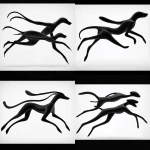



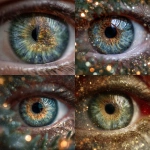
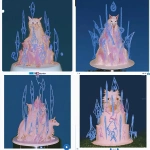

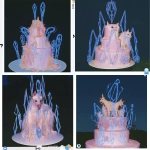

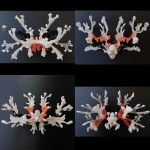

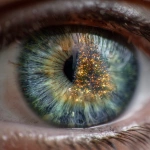


](https://images.ai-img.art/thumbnails/150/03913d58cd48bd2c88b0cabd5338b3a738d9b391a6bef375ae801221036f1642.webp)
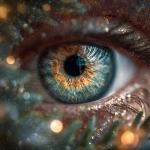


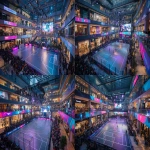




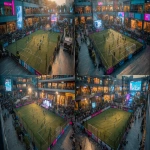

](https://images.ai-img.art/thumbnails/150/d8894e26ccb3647944df1b58cd702ee0f808a589c49cf840bdc180ef591d8b01.webp)




](https://images.ai-img.art/thumbnails/150/495da3d67f888cb2b29451be79caa418d737872bfbbc448175517c57d56faa70.webp)

](https://images.ai-img.art/thumbnails/150/beaaf2af72d3537d73c8c13d4ec66e4bd9510305c07f8730f4fff14fa5183be3.webp)
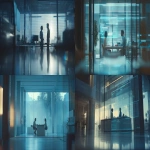

](https://images.ai-img.art/thumbnails/150/f6821b2644e015cea7d1e826f8b3baf4c8c4698897d46869e6e61bcc59b070a3.webp)
